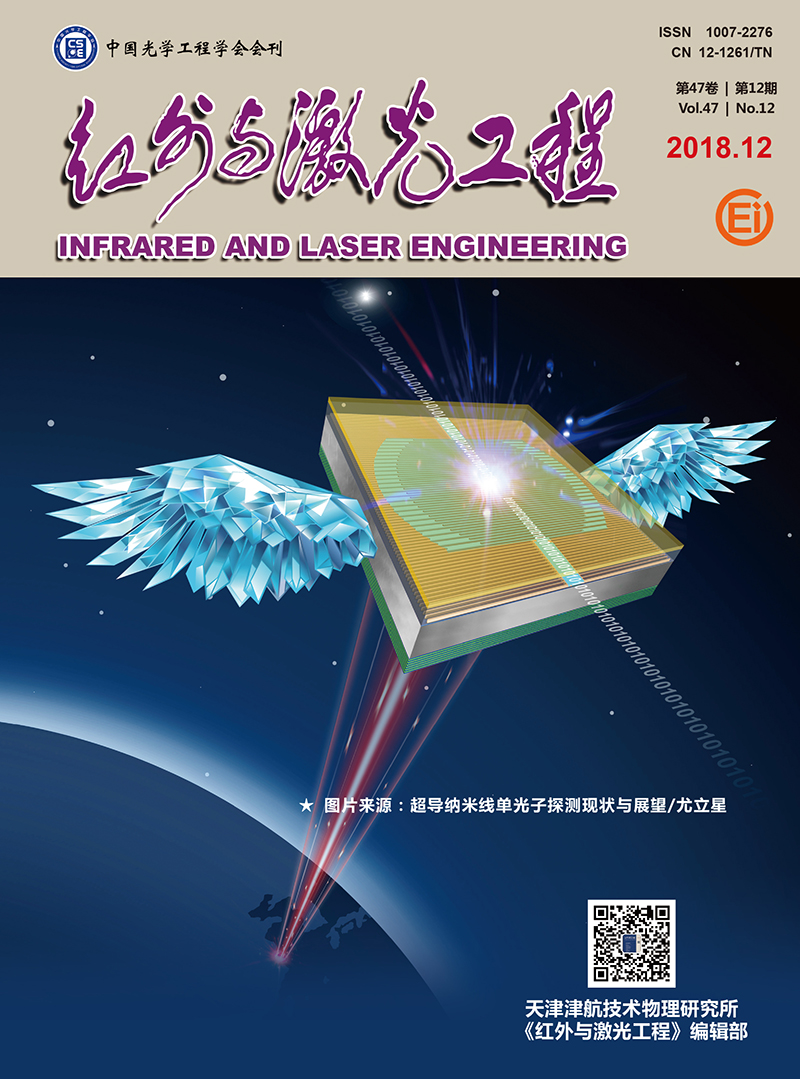|
[1]
|
Zhao Y, Lim C C, Sawyer D B, et al. Cellular force measurements using single-spaced polymeric microstructures:isolating cells from base substrate[J]. Journal of Micromechanics and Microengineering, 2005, 15(9):1649-1656. |
|
[2]
|
Zhao Y, Lim C C, Sawyer D B, et al. Microchip for subcellular mechanics study in living cells[J]. Sensors and Actuators B:Chemical, 2006, 114(2):1108-1115. |
|
[3]
|
Du P, Lin I K, Lu H, et al. Extension of the beam theory for polymer bio-transducers with low aspect ratios and viscoelastic characteristics[J]. Journal of Micromechanics and Microengineering, 2010, 20(9):095016. |
|
[4]
|
Zhang F, Anderson S, Zheng X, et al. Cell force mapping using a double-sided micropillar array based on the moir fringe method[J]. Applied Physics Letters, 2014, 105(3):033702. |
|
[5]
|
Kang Qinshu, Yang Mo, Liu Mengmeng, et al. Microfluidic chip with micropillars modified with gold nanoparticles for detecting circulating tumor cells[J]. Journal of Wuhan University of Technology, 2014. 36(7):45-49. (in Chinese) |
|
[6]
|
Tang Kai, Cheng Zhien, Zhang Haifeng, et al. Far field diffraction performance and testing for metal-coated and uncoated cube corner prism[J]. Optics and Precision Engineering, 2016, 24(10):353-360. (in Chinese) |
|
[7]
|
Wang Lishuan, Yang Xiao, Liu Dandan, et al. Annealing effect of the optical properties of tantalum oxide thin film prepared by ion beam sputtering[J]. Infrared and Laser Engineering, 2018, 47(3):0321004. (in Chinese) |
|
[8]
|
Li Fuliang, Feng Jie, Chen Xiang, et al. Influence of orientation of external magnetic field, position ad aggregation of magnetic beads on signal of GMR biosensor[J]. Optics and Precision Engineering, 2010, 18(11):2437-2442. (in Chinese) |
|
[9]
|
Sniadecki N J, Lamb C M, Liu Y, et al. Magnetic microposts for mechanical stimulation of biological cells:Fabrication, characterization, and analysis[J]. Review of Scientific Instruments, 2008, 79(4):044302. |
|
[10]
|
Shi Y, Henry S, Crocker J, et al. Probing the dynamics of the cellular actomyosin network with magnetic microposts[C]//APS March Meeting, 2016, 61(2):338. |
|
[11]
|
Reich D. Resolving sub-cellular force dynamics using arrays of magnetic microposts[C]//APS March Meeting 2010, 55(2):106. |
|
[12]
|
Kramer C, Chen C, Reich D. Probing the dynamics of cellular traction forces with magnetic micropost arrays[D].US:American Physical Society, 2009. |
|
[13]
|
Rodriguez M L, Graham B T, Pabon L M, et al. Assessing the contractility of human ips derived cardiomyocytes with arrays of microposts[J]. Biophysical Journal, 2014(11):3136. |
|
[14]
|
Grant S C, Schacht V, Escher B I, et al. An experimental solubility approach to determine PDMS-water partition constants and PDMS activity coefficients[J]. Environmental Science Technology, 2016, 50(6):3047-3054. |
|
[15]
|
Huang Baokun, Hu Yihua, Gu Youlin, et al. Influence of artifical biological particles structures on broadband extinction performan-ce[J]. Infrared and Laser Engineering, 2018, 47(3):0321002. (in Chinese) |
|
[16]
|
Michael T Y, Jianping F, Wang Y K, et al. Assaying stem cell mechanobiology on microfabricated elastomeric substrates with geometrically modulated rigidity[J]. Nature Protocols, 2011, 6(2):187-213. |
|
[17]
|
Cardwell R D, Kluge J A, Thayer P S, et al. Static and cyclic mechanical loading of mesenchymal stem cells on elastomeric, electrospun polyurethane meshes[J]. J Biomech Eng, 2015, 137(7):4030404. |
|
[18]
|
Lemmon C A, Sniadecki N J, Ruiz S A, et al. Shear force at the cell-matrix interface:enhanced analysis for microfabricated post array detectors[J]. Mech Chem Biosyst, 2005, 2(1):1-16. |
|
[19]
|
Tan Di, Zhang Xin, Wu Yanxiong, et al. Analysis of effect of optical aberration on star centroid location error[J]. Infrared and Laser Engineering, 2017, 46(2):0217004. (in Chinese) |
|
[20]
|
Cao Yang, Li Baoquan, Li Haitao, et al. Pixel displacement effects on cenrtroid position accuracy[J]. Infrared and Laser Engineering, 2016, 45(12):1217007. (in Chinese) |
|
[21]
|
Ke Hongchang, Sun Hongbin. A saliency target area detection method of image sequence[J]. Chinese Optics, 2015, 8(5):768-774. (in Chinese) |
|
[22]
|
Zhang Lei, Liu Dong, Shi Tu, et al. Optical free-form surfaces testing technologies[J]. Chinese Optics, 2017, 10(3):283-299. (in Chinese) |









 DownLoad:
DownLoad: